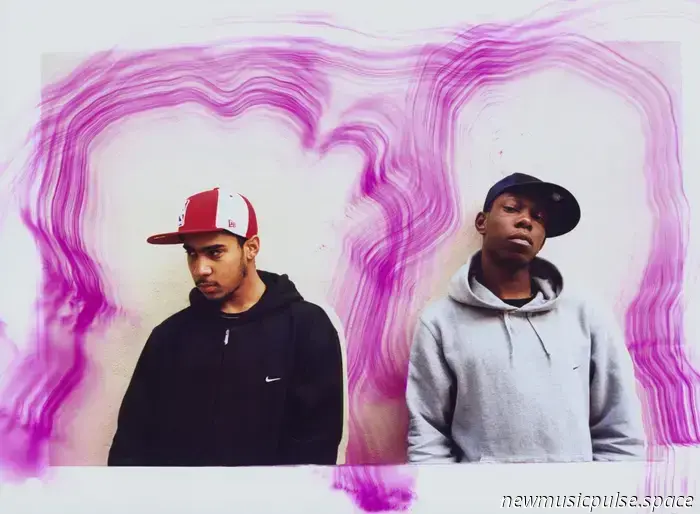
James Pearson-Howes is a photographer and director based in London, specializing in documentary, fashion, and portrait photography. Over the past two decades, he has refined his skills working with notable clients such as Adidas, Nike, BMW, Universal Music, and Dr. Martens, as well as contributing to publications like British Vogue and GQ Magazine. In 2012, he published his first book, British Folk, which delves into folk traditions in Britain.
James’ latest photo book, WHEN iM ERE, focuses on the pioneers of grime—a musical genre that has significantly impacted mainstream UK culture. This retrospective captures the evolution of grime during a crucial period from 2003 to 2012, featuring photographs of over 30 early figures, MCs, and crews, much of which has appeared in magazines such as i-D, Dazed, Crack, The Guardian, RWD, and Vice.
In an excerpt from the book, James recounts a significant moment: photographing a young Dizzee Rascal shortly after the release of his influential album ‘Boy in da Corner.’
“It was 2003, and I was a staff photographer at Vice magazine. The editor tasked me with capturing a young artist named Dylan, known as Dizzee Rascal.
I arrived at his studio in South London. After a brief period of awkward introductions, we began shooting, and he quickly warmed up. We spent a couple of hours moving around the rooftop and the streets—his energy was captivating. Although I only shot two rolls of film that day, over 20 years later, I continue to appreciate nearly every frame.
I recall playing Boy in Da Corner back at the Vice office; it was confusing. Having grown up with UK garage and happy hardcore, this sounded both familiar and completely foreign. But after a week of listening to it on repeat, everything clicked. I was sold. Grime was it.”
In a conversation, James Pearson-Howes reflects on his exposure to the musical scenes of London over the years, the inspiration for his new book that captures the authentic, raw essence of grime, and the need for it to serve as a timely homage to the working-class immigrant communities that originated it.
—
Your initial encounter with grime was through a commission for a shoot with Dizzee Rascal. He was quite young then; what aspects of him as an artist captivated you?
I was amazed by how this young kid could create and write music that was so uniquely his own. It was distinctly British, with an accent and flow that stood out amidst much of the music at that time.
Having grown up with UKG and happy hardcore, what are some of your memories from those days? Which artists and DJs did you enjoy?
My dad often played hard trance in the car during my childhood, and I was particularly drawn to tracks with compelling vocals or standout MCs. Attending a rather mediocre comprehensive school in the 90s made happy hardcore my music of choice.
My first real clubbing experience happened when I was around 18. We would head to raves at a venue called The Manor near Bournemouth for a night called Destiny. Artists like Slipmatt, Force & Styles, and Ratpack would perform, and I might pop into the D&B room to catch Nicky Blackmarket. Consuming Vodka Red Bulls, dancing until 6 a.m. with tops off—those were exhilarating times.
When I turned 18, I moved out and spent a year at college in Bournemouth, during which I discovered garage music. Attending clubs where UKG played artists like Pay As U Go, MJ Cole, and Wookie was a revelation. I’d dress to impress with nice brands and a fresh haircut, embodying the two-step vibe while enjoying Smirnoff Ice. Great times indeed.
What was it that drew you to grime? It seemed quite alien and anarchic to outsiders.
I relocated to London in 2000, eager to immerse myself in a culture-rich city with music and the opportunity to build a career in photography. London felt like the best place in the UK—if not the world—for that. When I first heard grime, its sound felt both familiar and refreshingly new. I was captivated. It reminded me of punk in its raw energy and intensity.
Which artists from that early era did you collaborate with?
I captured Dizzee for VICE magazine while I was a staff photographer there. Afterward, I worked with RWD magazine, which was the leading magazine for grime in the UK. I photographed a variety of up-and-coming artists, including Wiley, Jano, Jammer, Roll Deep, Chip, Ghetts, Wretch, Ruff Sqwad, Flirter D, and many crews from the north, such as Raw T. It was an exhilarating experience. While I was earning barely anything—around fifty quid a shoot—I got to work with people I admired.
There was a strong connection between the first wave of
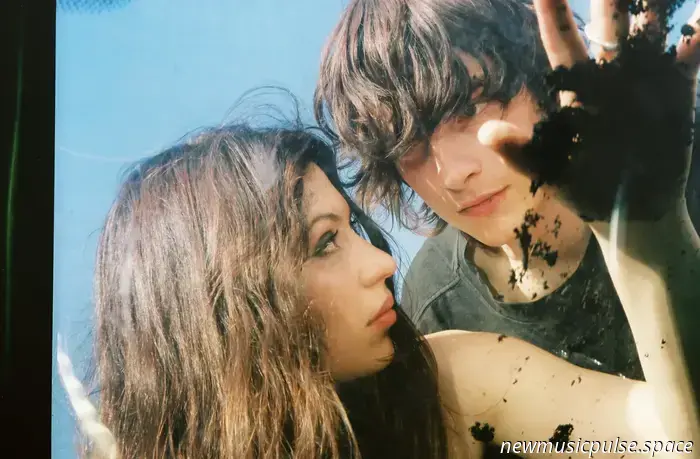
Witch Post has signed with Partisan Records. The duo, composed of Alaska Reid and Dylan Fraser, was among the most highly discussed new acts at The Great Escape.
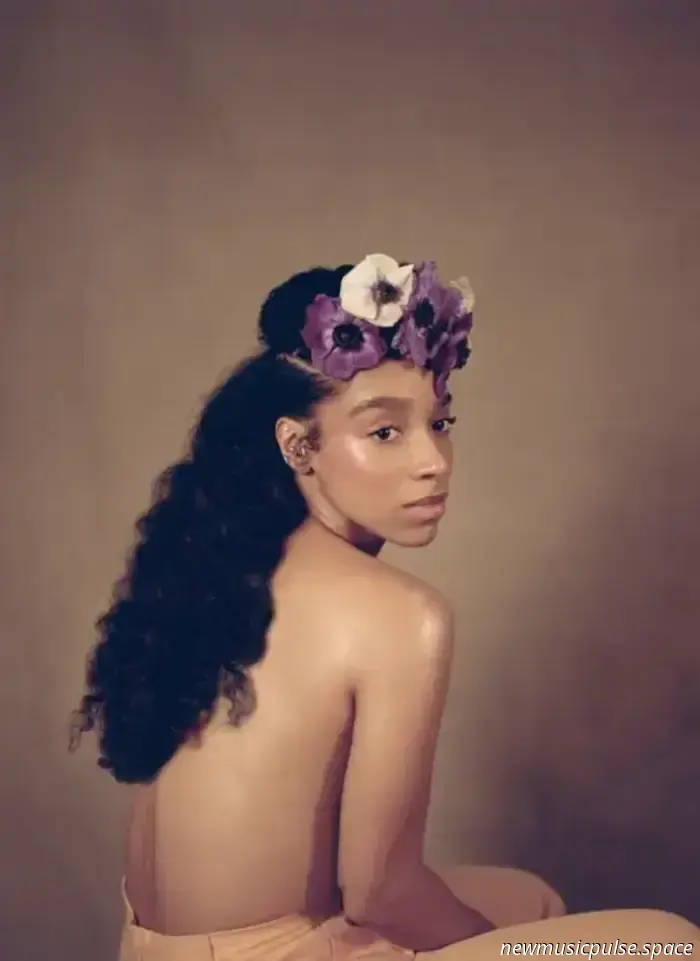
Lianne La Havas has released her new single 'Disarray'. The UK-based songwriter is an exceptionally talented artist, renowned for her discography filled with deeply emotional moments.
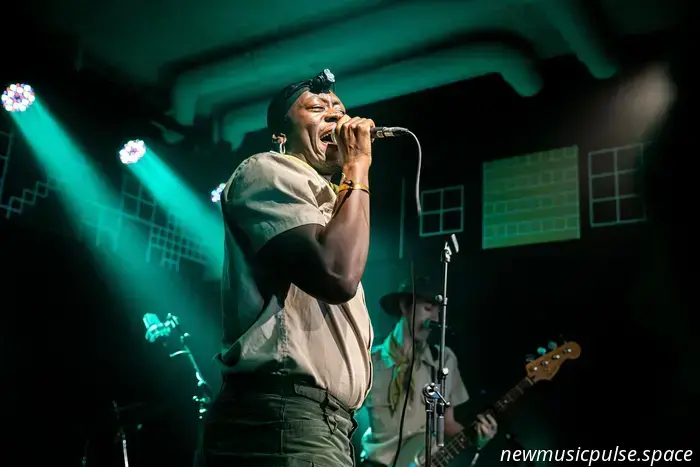
Boko Yout, Big Special, Florence Road, and others shine at the extravagant German showcase.
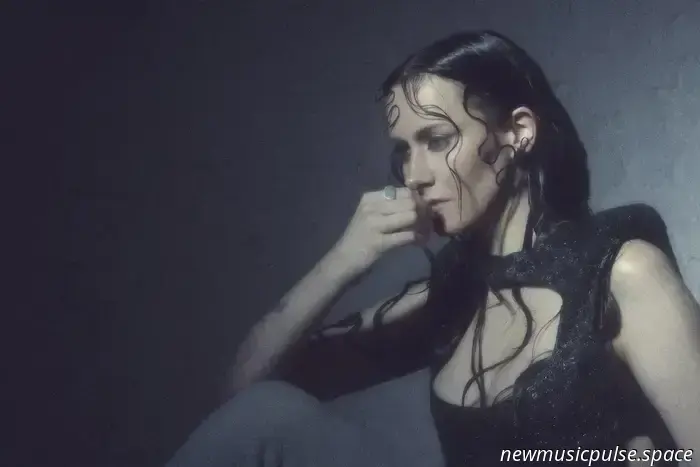
Norwegian singer-songwriter Iris Caltwait has released her latest single, 'Serpentine'. The Nordic artist is fully embracing her complete name, with Iris Caltwait transitioning into a
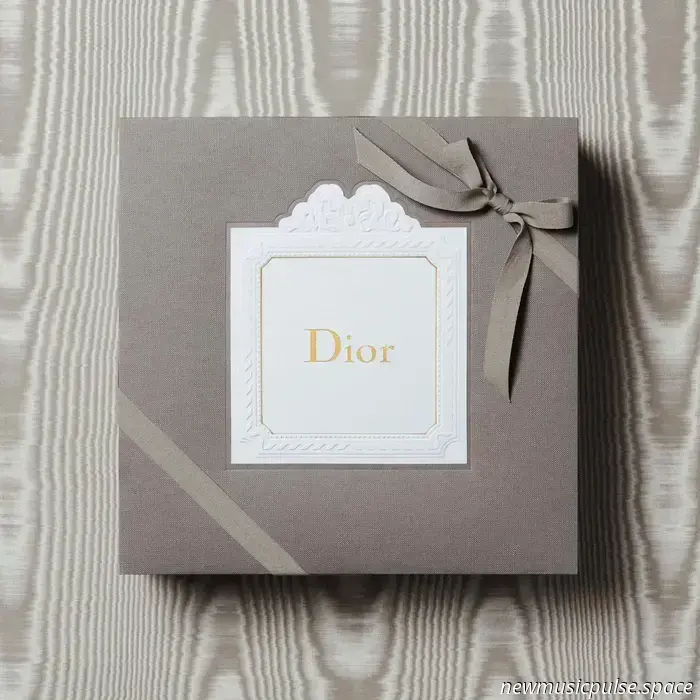
I'm unable to access external content like YouTube videos directly. However, if you provide me with a transcript or specific text from the video, I would be happy to help you rewrite or paraphrase it!
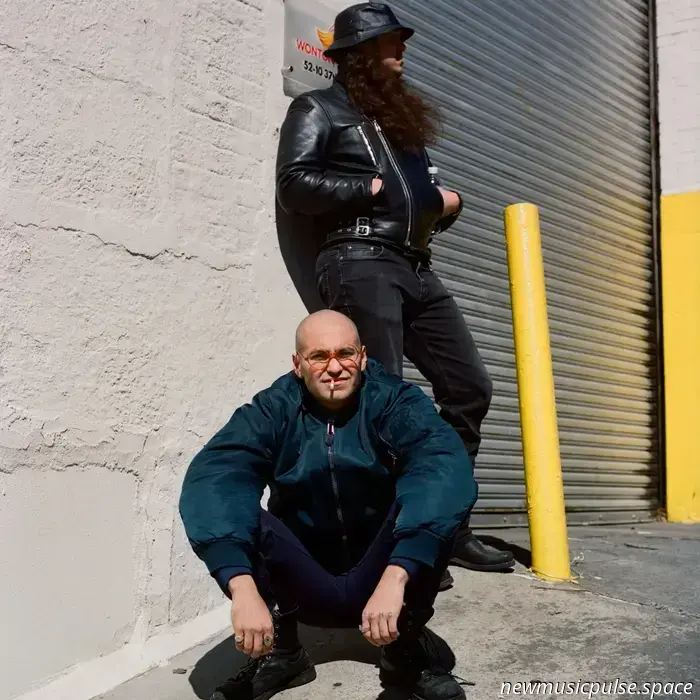
The New York hardcore band Show Me The Body has released a cover of the Beastie Boys' iconic track 'Sabotage'. The group is in the process of preparing a re-issue for the 10th anniversary.
James Pearson-Howes is a photographer and director based in London, specializing in documentary, fashion, and portrait photography. For the last twenty years,